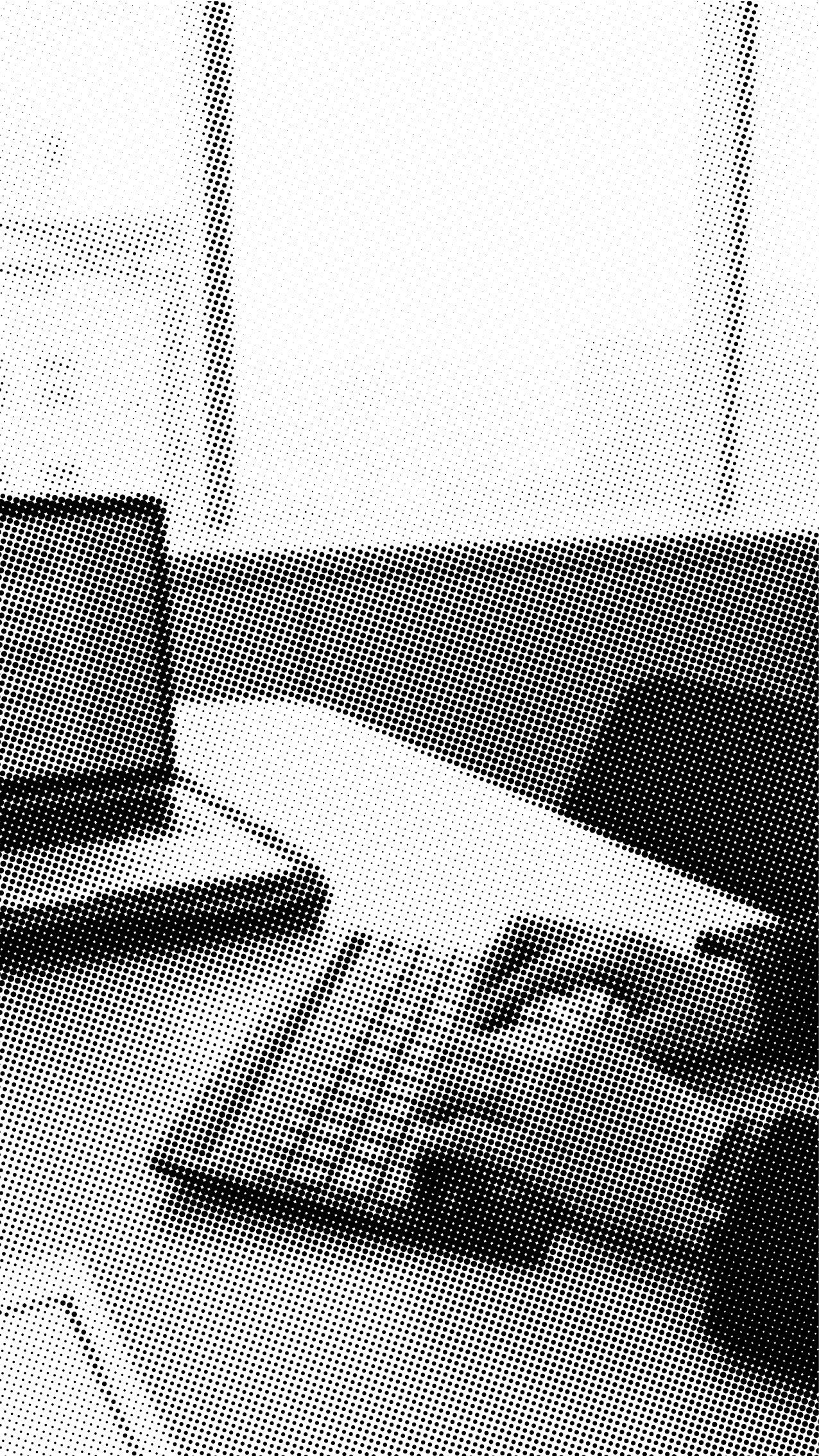
Busan Museum of Contemporary Art
<Seeing with ten fingers>
Spectrums
May 3 - September 7, 2025
The physical and mental spectrums of humans are incredibly diverse. For this reason, each person uses different methods to achieve their goals. These methods are often determined not by personal preference but by physical and mental conditions or surrounding environments.
In Spectrums, we introduce ten unique tools used by individuals who experience sensory limitations. For someone, a wooden stick might act as an extension of their hand to press switches. For another, a swivel chair might serve as their primary means of mobility within their home. Someone else might preserve memories not through photos but through voice recordings they can listen to.
When people select tools and methods that fit their specific needs and circumstances, and when those choices prove to be efficient and practical, these methods become the most natural solutions for them. This diversity reflects human adaptability and creativity. It also reminds us how important it is to consider broad and inclusive perspectives when designing environments and tools.
Pen
Heesoo Han | Encephalopathy
“I’ve been frustrated when I paint because I can’t fully control my arms and hands, but I eventually found my own way. It was the sky that I could see when opening the window. I kept looking at it, and I thought one day that I could express it better with squiggly lines. Since then, I’ve been drawing them using a pen.”
Foldable white cane
Hyojeong Kim | Blind
“This cane had been with me through all those moments no one else saw. It’s like a friend to me. Without it, I don’t think I could have navigated those new places alone. It played such an important role in helping me explore not just Europe, but places like Japan, China, Thailand, the Philippines and even the US.”
Braille music
Eunbee Kim | Blind
“This is the braille score for Beethoven’s Piano Sonata No.18 from the 1st to the 4th movement. It takes so much time as we have to remember the notes and how many of them fit into each beat. So I spent a long time with this score 10 years ago when I was preparing for a university transfer. This is part of my life. It’s more than just a score, so I can’t let go of this one, while I’ve thrown other pieces away.”
Tennis wristband
Yongjoon Tak | Person with physical disability
“At the rehab center, I was given a device helping me paint, but it was too heavy and bulky like a boxing glove strapped to my arm. So I started painting by holding the brush in my mouth. Then one day, I came to a thought “How about wearing a tennis wristband onto my hand and fitting the brush in there?” It was so much better when I tried it, and it was when I started to make progress with my artwork.”
Trumps and Othello
Heejeong Kim | Blind
“I couldn’t spend much time playing with my kids, since I wasn’t able to join in on ball games or video games. But playing cards like Trumps meant a lot, because all four of us could enjoy it together. We mostly played One Card as it was the only game that we could all play given our circumstances. As for Othello, I played it with my second child, who loved strategy games and always brought it out. I’d let him win sometimes, and he loved it. To me, these games were meaningful tools that we could share while kids grew up.”
Voice recorder
Heejeong Kim | Blind
“It was when my second child went to nursery. They came home one day and suddenly started singing. I quickly grabbed a recorder and captured it. I think they were around six or seven at the time. Since my wife and I can’t see our kids growing up with our eyes, we have organized their voices by date. It’s like an audio diary of their growth. This little device holds memories of our whole family.”
Handy chair
Sangsil Jeon | Person with physical disability
“You know how we end up doing so much in the bathroom like brushing teeth, washing our face. It comes in handy when I move around inside. It lets me do these little things alone. It’s like a social worker for me in a way. ”
Wireless keyboard
Seohee Lim | Deaf
“A wireless keyboard is like a communication bridge. When it comes to Brushtalk, there’s nothing more reliable than this. The moments when we sit across with a laptop in between, typing back and forth on a keyboard are precious to me. As a Deaf, I often video call using sign language, so having a quick place to set up my mobile is important. This keyboard helps me with that too. It’s more than just a tool; it’s a bridge that keeps me and my friends connected.”
Wooden stick
Sangsil Jeon | Person with physical disability
“I heard this was originally used for macramé. It simply caught my eye around seven or eight years ago. I thought ‘Oh, this could be my hands and feet.’ I currently use it for all sorts of things like turning lights on and off or pulling things toward me.”
“This hand mirror holds memories from my childhood. When we didn’t have a mobile back then, I used to sit on the bus and had a chat with a friend who sat behind me by sign language through this hand mirror. These days, video calls are the norm, but just like chatting with someone at the back through a car’s rearview mirror, we still connect through it. This little hand mirror stays as a warm and quiet link between us. ”
Seohee Lim | Deaf










